The Helix AI Robot: Beyond the Hype – Repair, Diagnostics, and Ensuring Longevity
The unveiling of Helix AI has sent ripples through the robotics community and beyond. The core promise—a humanoid robot capable of perception, understanding, and action without the traditional training and coding burdens—is genuinely revolutionary. The prospect of a versatile home helper, readily adaptable to new tasks and capable of seamless collaboration with other machines, is undeniably compelling. But beneath the glossy presentations and impressive demonstrations lies a critical, often overlooked consideration: what happens when Helix fails?
This article dives beyond the initial excitement, exploring the potential damage scenarios facing Helix AI and how Fix4Bot.com is uniquely positioned to diagnose and repair these complex robots, ensuring their long-term functionality and maximizing their investment potential. We’ll move past the marketing spiel and address the practical realities of maintaining a sophisticated humanoid robot, outlining common failure points, advanced diagnostic methodologies, and repair techniques specific to Helix’s groundbreaking architecture.
Understanding Helix’s Architecture: A Foundation for Diagnostics
To effectively repair Helix, a deep understanding of its underlying structure is crucial. It’s not merely a collection of mechanical parts; it’s a tightly integrated system incorporating advanced hardware and software components.
- The Sensory Suite: Helix’s "seeing and understanding" capabilities hinge on a sophisticated sensory array. This includes high-resolution stereo cameras for depth perception, advanced LiDAR for environment mapping, an array of microphones for voice recognition and sound localization, and a potentially haptic sensor network integrated within its manipulators (arms and hands). Damage to any of these sensors directly impacts performance, manifesting as inaccurate object recognition, difficulty navigating, and misinterpretation of commands.
- The Central Processing Unit (CPU) and Neural Network Accelerator: The “brain” of Helix is likely a powerful custom-designed CPU coupled with a dedicated Neural Network Accelerator (NNA). This combination is necessary to process the massive amounts of sensory data in real-time and execute the complex AI algorithms that drive its decision-making. Thermal management is paramount for these components, and overheating is a frequent cause of instability and malfunction.
- Actuation System (Motors & Hydraulics): Helix’s ability to act – to pick up objects and move with precision – depends on a robust actuation system. This likely combines high-torque, high-precision servo motors for limb movement with potentially hydraulic actuators for heavier tasks requiring significant force. Wear and tear on these components, coupled with the stresses of repetitive movements, are inevitable long-term challenges.
- The "Zero-Code" AI Engine: While the specifics of Helix’s "zero-code" AI are proprietary, it’s safe to assume it leverages a form of Reinforcement Learning, possibly combined with Generative Adversarial Networks (GANs) to adapt to new situations. Errors in this AI framework, though less common than mechanical failures, can lead to unpredictable behavior, incorrect task execution, or complete operational shutdown.
- The Chassis and Structural Integrity: The humanoid form factor, while aesthetically pleasing, introduces vulnerability. Impacts, falls, and even prolonged stress on joints can compromise the chassis’s structural integrity, leading to misalignment and reduced performance.
Common Damage Scenarios and Fix4Bot’s Diagnostic Approach
Here’s a breakdown of common damage scenarios likely to affect Helix AI and how Fix4Bot.com can diagnose and address them:
1. Sensory System Failures:
- Scenario: Camera malfunction (e.g., distorted images, complete blackouts), LiDAR inaccuracies (e.g., phantom objects, incorrect distance readings), microphone interference (e.g., inability to interpret voice commands), haptic sensor errors (e.g., inability to grasp objects).
- Fix4Bot Diagnostics: Our specialized diagnostic suite uses a combination of hardware testing (camera eye charts, LiDAR beam patterns) and software simulation to isolate the faulty sensor. We utilize advanced signal analysis to identify noise and interference patterns within the sensor data stream.
- Repair: Sensor replacement is often the most practical solution. Fix4Bot maintains a robust inventory of Helix-compatible sensors and offers expert installation services. For minor issues (e.g., camera lens cleaning, LiDAR calibration), we employ specialized tools and techniques to restore functionality.
2. CPU/NNA Overheating and Processing Errors:
- Scenario: Robot freezes, exhibits erratic behavior, reports errors in the system logs related to processing or memory allocation, or shuts down unexpectedly.
- Fix4Bot Diagnostics: Thermal imaging reveals hotspots on the CPU/NNA enclosure. Stress testing using simulated tasks pushes the system to its limits, revealing instability under load. We employ specialized debugging tools to analyze the AI engine’s performance and identify potential bottlenecks or algorithmic errors.
- Repair: Improved thermal management is the primary solution, often involving the replacement of cooling fans, heat sinks, or even the entire thermal assembly. In cases of software-related errors, we collaborate with Helix’s developers (or utilize reverse engineering techniques where legally permissible) to identify and correct faulty code segments. Chip-level repair is possible but highly complex and typically reserved for catastrophic failures.
3. Actuation System Malfunctions:
- Scenario: Jerky or inconsistent movements, inability to grasp objects with proper force, loud grinding noises during operation, complete motor failure.
- Fix4Bot Diagnostics: We use high-speed cameras to analyze motor movement and identify issues like backlash or excessive vibration. Current draw measurements pinpoint failing motors or faulty motor controllers. We also utilize specialized tools to measure joint friction and identify areas of binding.
- Repair: Motor replacement is common, but we also offer motor winding repair and controller board refurbishment. Hydraulic system repairs involve leak detection, pressure testing, and component replacement. Gearbox repairs, though intricate, are possible with specialized tools and expertise.
4. AI Engine Anomalies:
- Scenario: Robot exhibits unpredictable or illogical behavior, fails to recognize known objects, consistently misinterprets voice commands, or enters an unresponsive state.
- Fix4Bot Diagnostics: This is the most challenging area. We employ anomaly detection techniques to identify deviations from “normal” behavior. We utilize data logging and replay functionality to recreate the problematic scenario and analyze the internal state of the AI engine.
- Repair: “AI repair” is an evolving field. In some cases, we can identify and isolate corrupted data or faulty training parameters. Re-calibration and fine-tuning of the AI engine may be required. In more severe cases, a full system reset or even module replacement might be necessary, depending on the nature of the failure. We prioritize preserving user data where possible.
5. Structural Damage:
- Scenario: Visible cracks or dents in the chassis, misalignment of joints, squeaking or popping noises during movement, compromised balance.
- Fix4Bot Diagnostics: 3D laser scanning creates a detailed digital model of the robot, allowing us to precisely identify areas of deformation and misalignment. We use specialized alignment tools to ensure proper joint geometry.
- Repair: Minor structural repairs are possible using advanced composites and bonding agents. For more significant damage, we offer chassis replacement or partial fabrication services. Careful realignment and calibration are always required after structural repairs.
Fix4Bot’s Technological Edge in Helix AI Repair
Fix4Bot.com isn’t just a repair shop; it’s a specialized robotics maintenance facility leveraging advanced technology for rapid and accurate diagnostics and repairs:
- Remote Diagnostics: Utilizing secure remote access protocols, our technicians can remotely diagnose many software-related issues and even perform some minor repairs, minimizing downtime.
- Advanced Signal Analysis: We employ spectrum analyzers and other signal analysis tools to identify subtle anomalies in sensor data and motor performance that would be missed by conventional diagnostic methods.
- 3D Printing & Rapid Prototyping: Our in-house 3D printing capabilities allow us to quickly fabricate custom replacement parts and jigs for complex repairs.
- AI-Assisted Diagnostics: We’re developing AI-powered tools that can analyze diagnostic data, suggest potential causes of failure, and even guide technicians through the repair process.
- Robotic Repair Stations: Future plans include incorporating robotic repair stations to automate repetitive tasks and improve precision during critical repairs.
The Future of Helix AI Maintenance
As Helix AI and similar humanoid robots become more prevalent, the demand for skilled repair technicians will surge. Beyond the immediate repair needs, preventative maintenance will become critical for maximizing robot lifespan and minimizing unexpected downtime. Fix4Bot is committed to staying ahead of the curve, investing in the latest diagnostic tools, training our technicians in cutting-edge repair techniques, and collaborating with robotics manufacturers to develop robust maintenance programs.
The era of truly self-sufficient robots is upon us, but even the most advanced machines require human expertise to ensure their continued operation. Fix4Bot.com is poised to be the leading provider of diagnostic and repair services for Helix AI and other advanced robots, safeguarding your investment and ensuring a future where robotics seamlessly integrates into our lives.


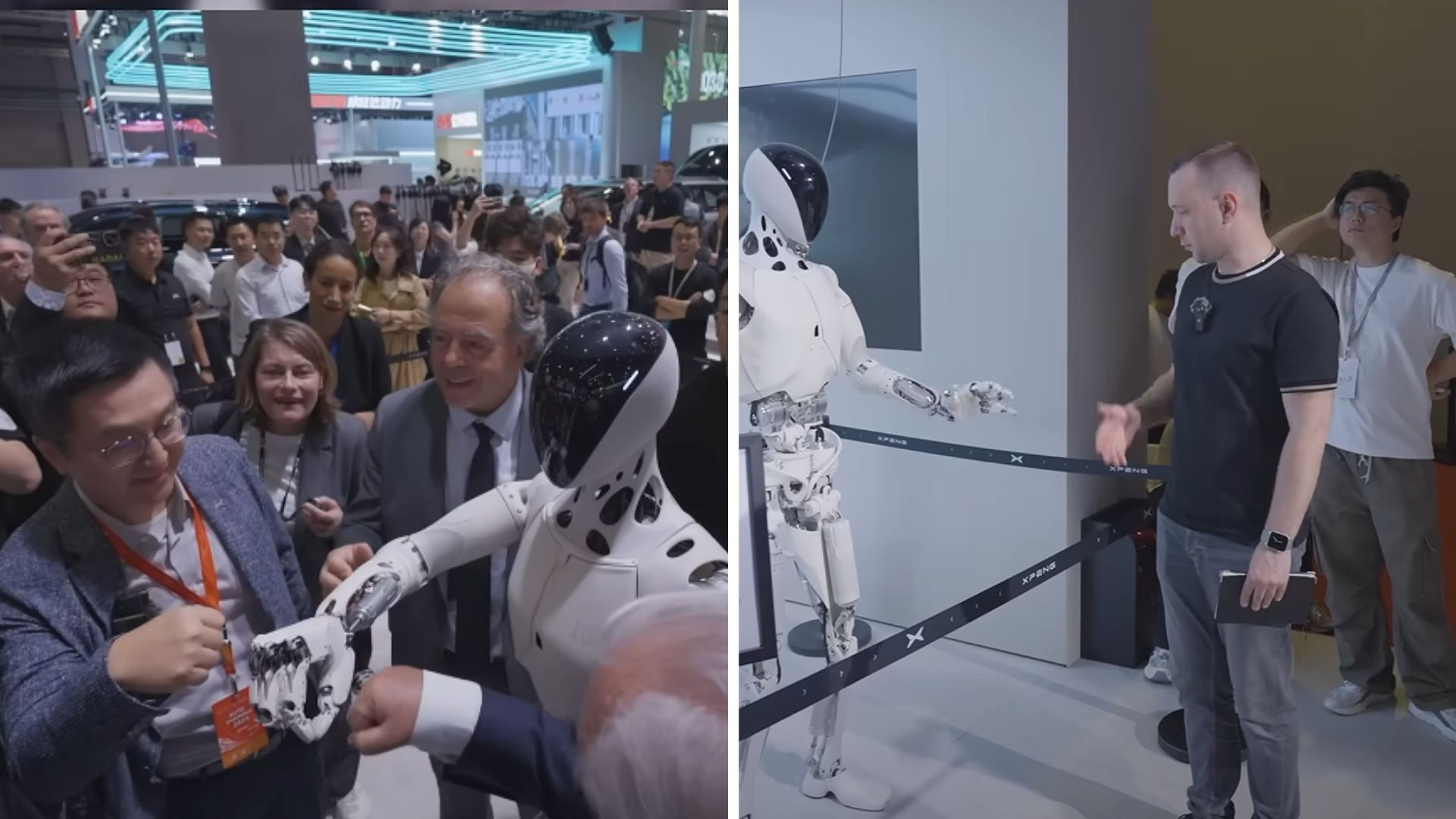


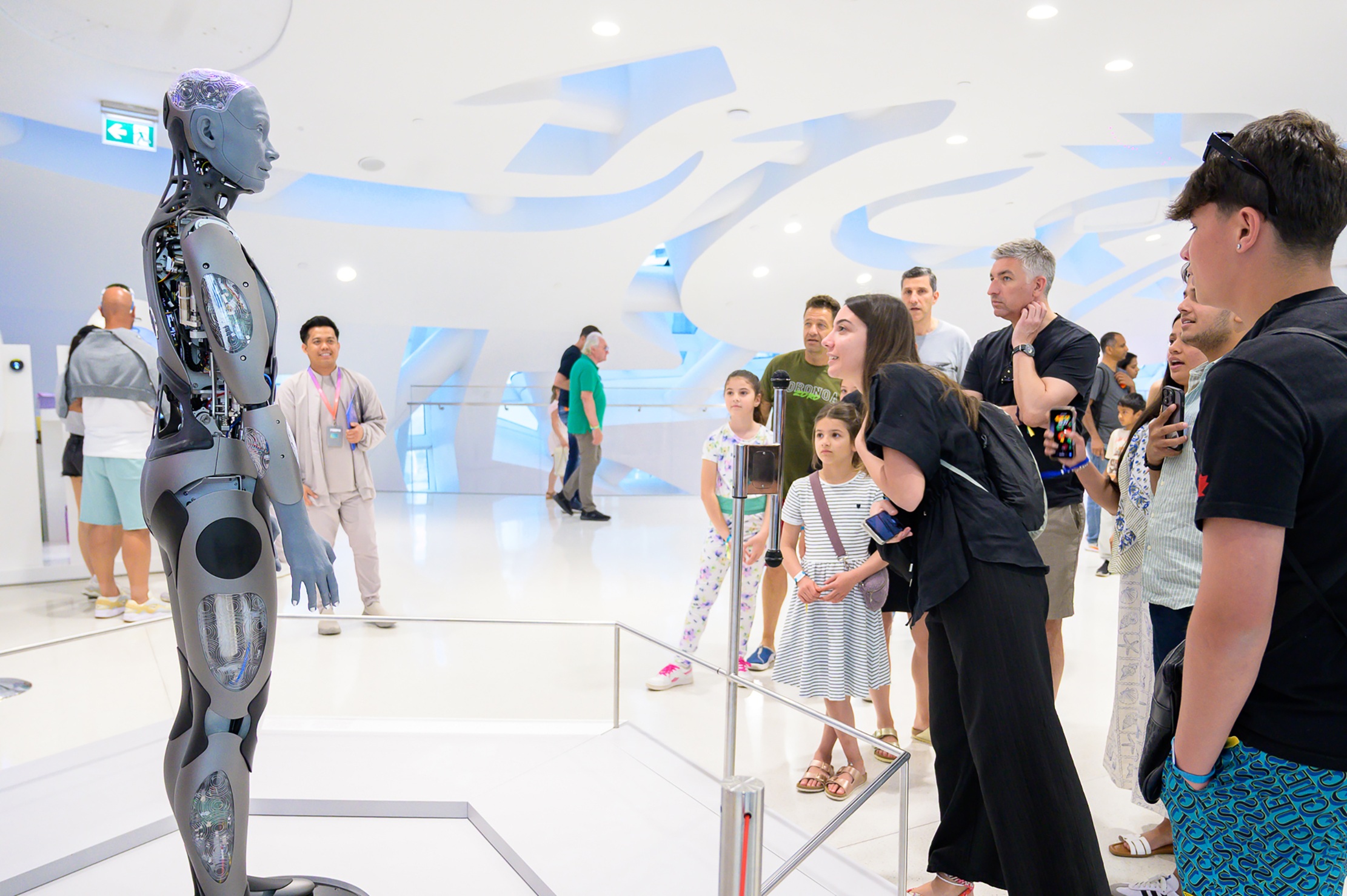
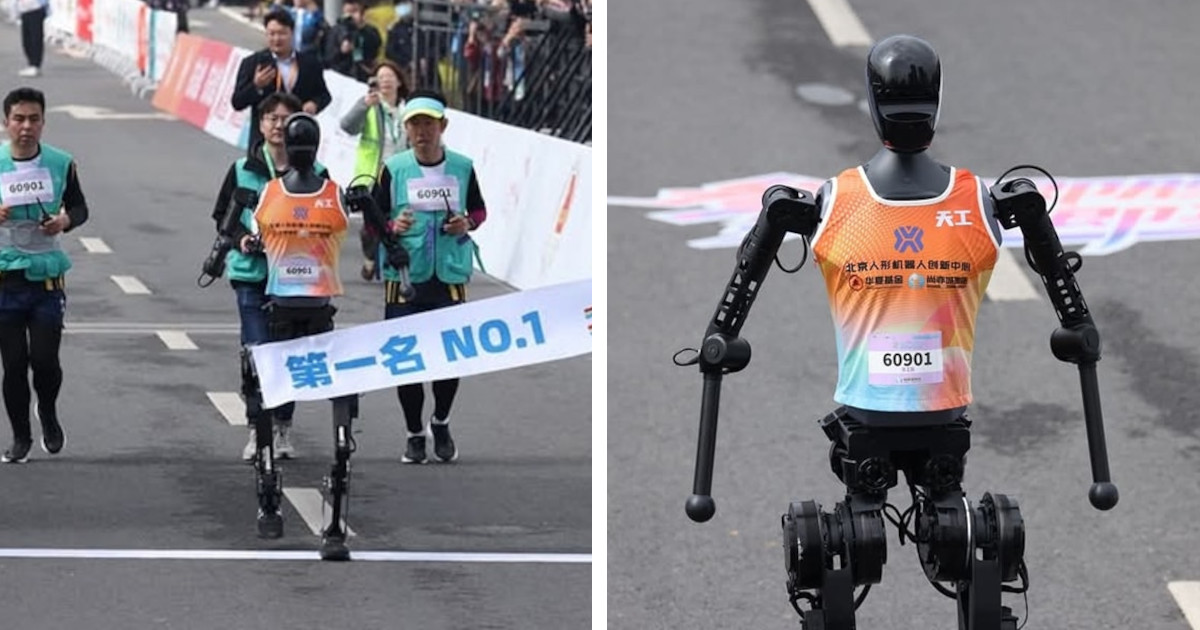
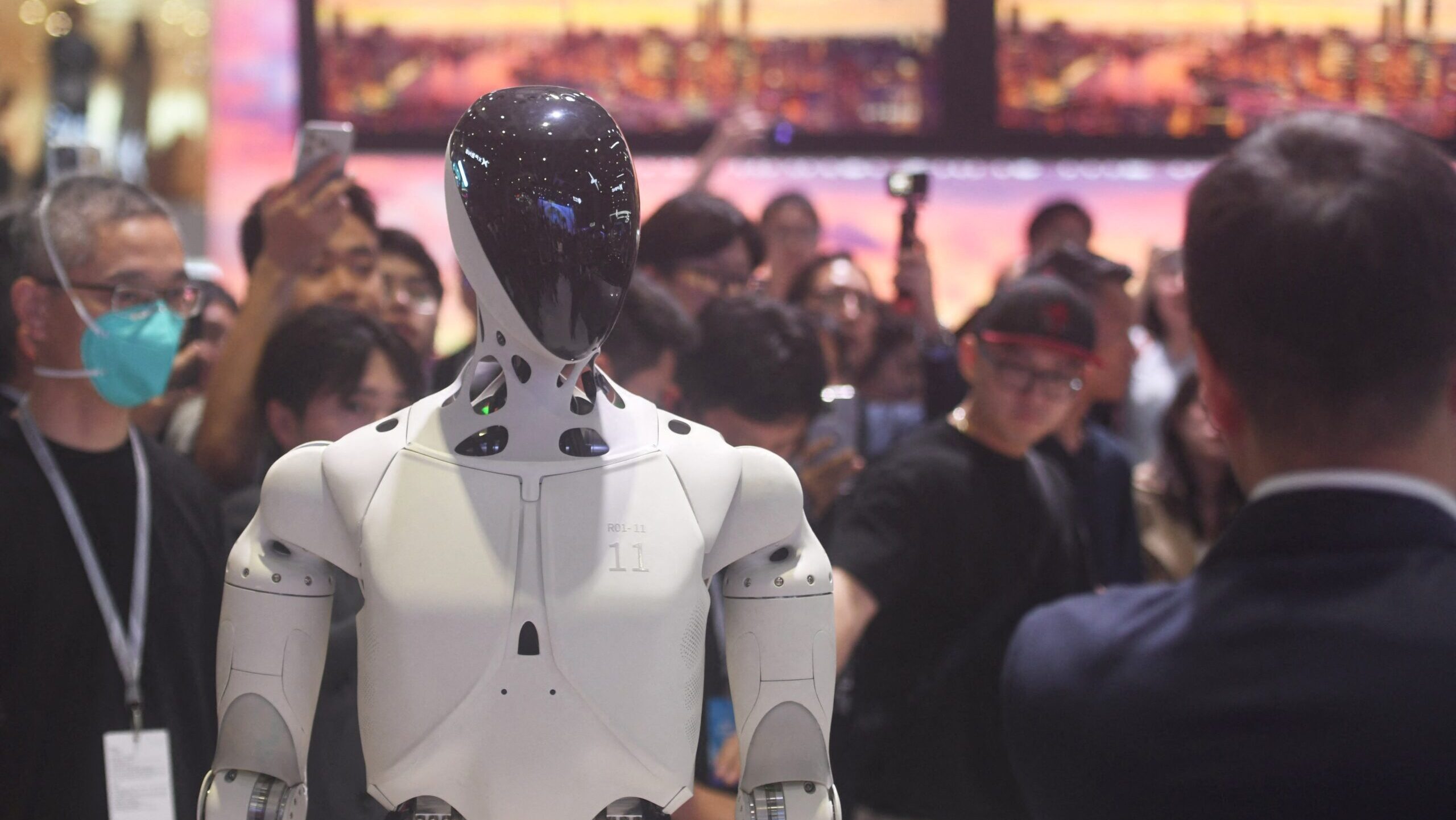

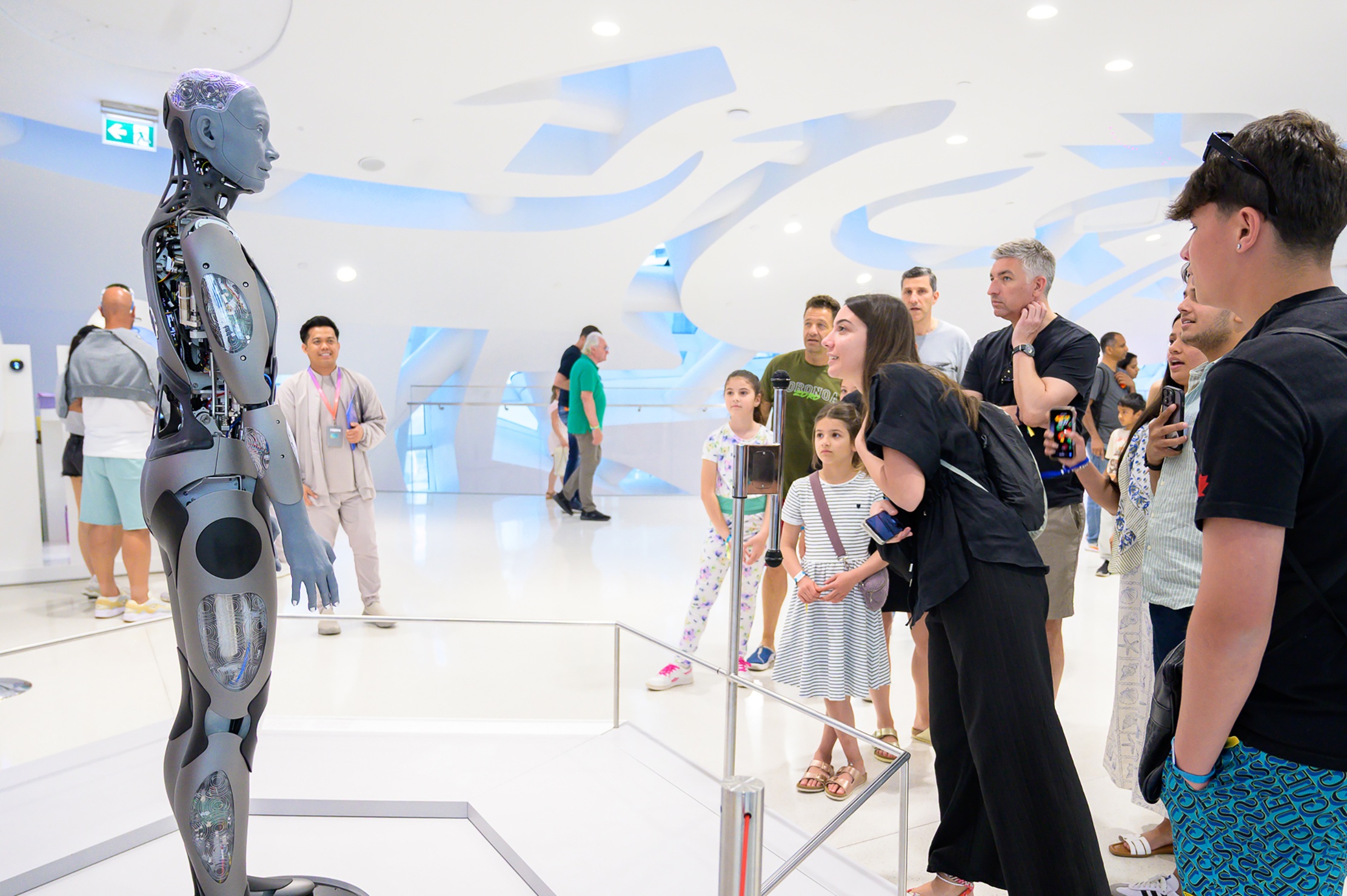

The hands are severely under developed in terms of funcionality. There are 35 bones in the hand that enable the most sophisticated and nuanced moves. I see a "basic" unit here a long way from true form and function. It will never play the piano.